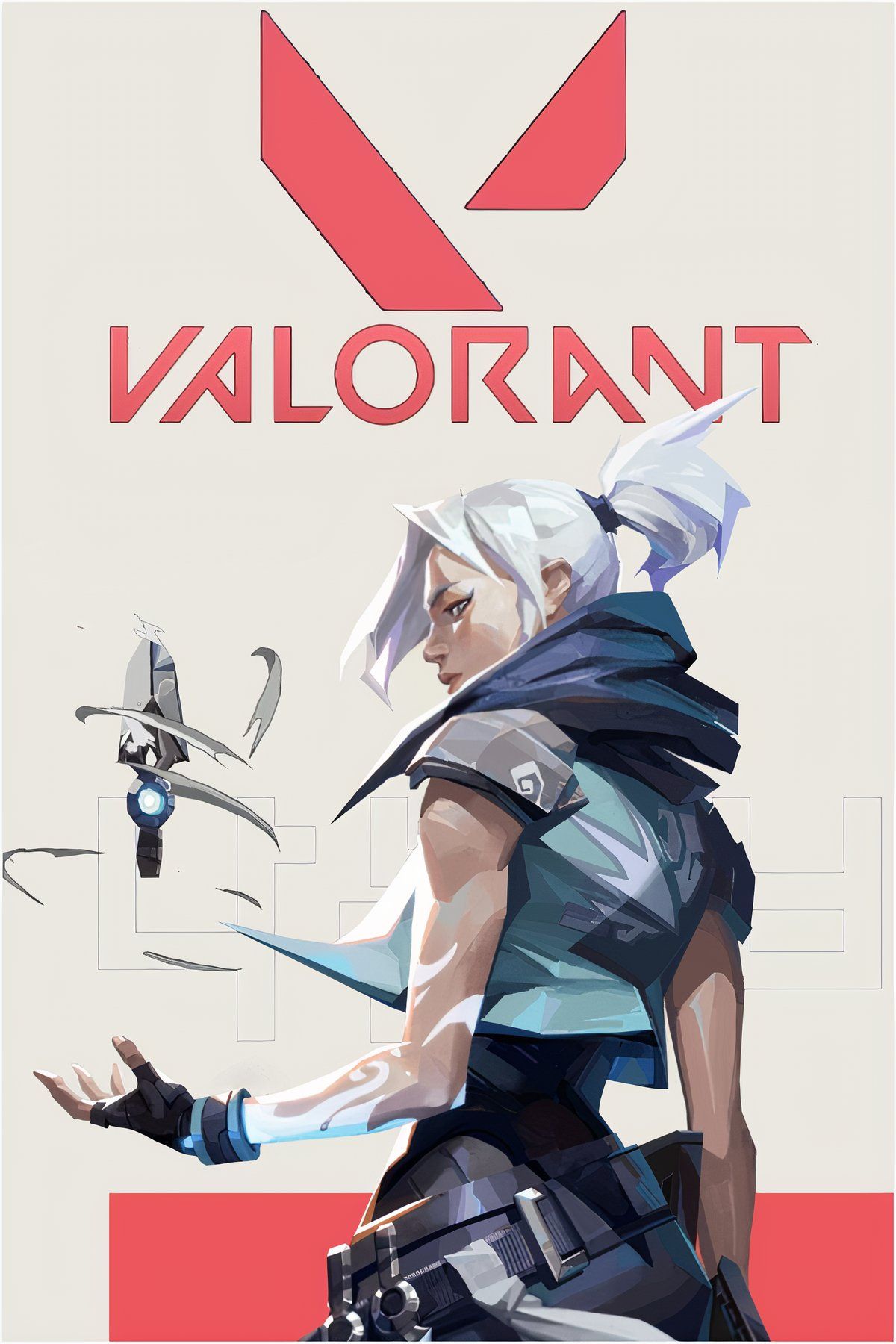After five years, Valorant continues to be one of the most popular and successful competitive FPS games out there. The 5v5 tactical shooter has seen diverse characters with unique abilities and maps, which players use to show off their creative strategies to clinch a win every match. Now, Valorant has stepped into the next stage of its evolution with its shift to Unreal Engine 5.
Valorant recently rolled out its patch 11.02 update, which includes the highly-anticipated upgrade to Unreal Engine 5 to improve the game’s performance. Despite concerns about possible FPS drops and other issues, Valorant‘s tech lead, Marcus Reid, reassured players in a short video that they’ll still get the same great gameplay, just with a slightly faster performance that’s said to improve their overall experience. However, there’s also one possible caveat with Valorant making this significant move.
Related
Best Mobile Games Like Valorant
Fans who can’t get enough of Valorant may want to try the following mobile games if they haven’t already.
Valorant in Unreal Engine 5 Could Signal the End of Gaming on Low-End Rigs
When Valorant first launched in 2020, Riot Games optimized it to run on a wide variety of PC hardware, including low-end builds. The minimum system requirements (30fps) at the time were Windows 7/8/10 (64-bit) with 4gb RAM, Intel i3-370M CPU, and Intel HD 3000 (1GB VRAM). While playing at either 60fps or over 144fps with better hardware ensures improved gameplay, being able to experience Valorant on low-end PCs made it accessible to a lot of people at the time.
As years passed, Riot Games adapted to the growing demands of new PC hardware and software, especially with Valorant introducing more graphics-intensive character abilities and map elements. This year, Valorant at 30fps now runs on Windows 10 or 11, requiring a minimum of 4gb of RAM with an Intel i3-540 or AMD Athlon 200GE CPU and a GPU of Intel HD 4000 or AMD Radeon R5 220. This will likely continue to improve now that it’s made the shift to Unreal Engine 5, which can also be beneficial for Valorant‘s PlayStation 5 and Xbox ports.
Comparison of Valorant’s System Requirements in 2020 and 2025
|
Year |
30fps (minimum) |
60fps (recommended) |
144fps+ (high-end) |
|---|---|---|---|
|
2020 |
|
|
|
|
2025 |
|
|
|
In the grand scheme of things, experiencing Valorant in the best possible setting is ideal in order to pull off precise shots and quickly respond to approaching enemies without worrying about any lag or FPS drops. As mentioned, Unreal Engine 5 offers improvements to Valorant‘s gameplay without taking up too much memory space. This update is also advantageous for competitive players because they can rank up seamlessly, train for big tournaments, and conquer matches against some of the best teams in the Valorant esports scene.
Considering Valorant‘s slew of upgrades over the last few years, it might not be possible for low-end PC players to enjoy it without dealing with gameplay issues. Though it could still be doable to fix the game’s settings and still run with outdated hardware, it might not be advisable as it could risk lags and FPS drops during matches. There might come a day when a 60fps rig could be the minimum requirement for Valorant instead of 30fps. On the one hand, 60fps wouldn’t be that bad because it’s the standard requirement for many games. However, Valorant will slowly lose the one quality that made it accessible to many fans around the world.
The silver lining to this is that Unreal Engine 5 does help in providing immersive experiences for fans. Fortnite now has more polished maps and smooth movements thanks to the engine’s upgrades, and Valorant could follow suit in the long run. Whether it’s still able to run on low-end PCs or not, it might be inevitable to adapt, especially for players who want to continue investing time and effort grinding Valorant‘s ranks.

Valorant
- Released
-
June 2, 2020
- ESRB
-
T for Teen: Blood, Language, Violence
- Engine
-
Unreal Engine 4







